US-Sport
NBA: Rick Barry: The Hated Hero
The Golden State Warriors are in the middle of a golden era. This was the case almost 40 years ago. While the team from Oakland today is made up of flagship professionals such as Stephen Curry, Klay Thompson and Co. the leader of the Warriors was one of the most controversial NBA legends of all time in 1976: Rick Barry. What is behind the story of a man who was hated by so many people in the league but who has many things in common with Stephen Curry? Today Rick Barry turns 74.
Richard Francis Dennis Barry III is one of the most successful basketball players of all time. There is hardly a trophy that is not in his showcase. NBA Champion and Final MVP 1975 with the Golden State Warriors, eight-time NBA All-Star, All-Star Game MVP 1967 just one year after his title as Rookie of the Year 1966, plus Champion in the competitive league ABA 1969 with the Oakland Oats and of course Hall of Famer.
Barry is the only player in history to become a top scorer in both NCAA College, ABA and NBA seasons. His 30.5 points, which he averaged throughout his ABA career, have not yet been achieved by any other professional basketball player, not even Wilt Chamberlain, who scored 30.1 points in his NBA career.
In all the enumerations, however, one title is missing: Rick Barry was never elected MVP. The search for the cause reveals the story of a much hated man who still tries to defend himself.
When the Small Forward came second in the NBA draft by the San Francisco Warriors in 1965, he was already considered a coming star. Barry from the University of Miami came to San Francisco with the recommendation of a brilliant senior season at college, in which he had played an average of 37.4 points per game.
In Miami, the 2.01-metre all-rounder had already indicated his potential for the Hurricanes under head coach Bruce Hale on several occasions. And because the chemistry wasn’t just right with the coach, but also with his daughter, Barry had married Pamela Hale during his college days.
At first glance, Barry came to the best basketball league in the world as a mature 21-year-old man and enchanted the spectators with a style of play that the league had never seen before. The Warriors improved from 17 to 35 wins in their first season with Barry. Barry himself averaged 25.7 points and 10.6 rebounds and already indicated what an excellent passer he could be.
“I have to consider Rick the biggest and most productive forward ever to play the game. I think he’s better than Elgin Baylor, Bob Pettit, Paul Arizin and Dolph Schayes. And they were all outstanding players,” his first NBA coach Bill Sharman ennobled him.
In his second year, Barry led the Warriors alongside Center Nate Thurmond to the NBA finals with 35.6 points and 3.6 assists per game, where San Fransisco lost to the outstanding 76ers around Wilt Chamberlain – despite Barry’s average of 40.8 points per game. Already as sophomore the Small Forward has been elected All-Star MVP.
The league had seen a player type that had rarely existed before. Barry was one of the league’s first point forwards. He knew how to distribute the balls skilfully, but first and foremost he was an incomprehensible scorer – a fact that connects him with today’s warrior star, Stephen Curry, as well as the revolutionary range for his time.
While Curry nowadays makes people think about creating a four-point line, Barry was already a long-range shooter before there was even a three-line. Apart from the legendary Jerry West, who still adorns the NBA logo today, there was probably no player in the 60s and 70s who could call such a butter-soft jumper his own. If the triple line had not been introduced in 1979, but only five years earlier, Barry would have held many more NBA records.
But Barry could do even more. He was an instinct basketball player. He was fast, clever and equipped with nimble fingers. Not for nothing did he get the most steals from the NBA in 1975. Like hardly anyone else, he knew how to make free throws.
“He must be the fastest 6-7 player basketball has ever seen. It’s damn hard, if not impossible, to defend against him. He beats the bigger opponents with his speed and uses his size against smaller players. He is unstoppable in one-on-one on his way to the basket and is usually successful in one-on-one,” Sharman was amazed.
Today’s Hall of Famer took his litters from the foul line with a striking two-handed throw from below, which is still known today, with which probably every basketball coach’s toenails curl, dream-walking safely into the opponent’s basket system. At the end of his NBA career, he had a phenomenal free-throw rate of 90 percent. This number is also reminiscent of the values of a certain Stephen Curry.
With all his heroic deeds and incomprehensible numbers, the question inevitably arises why Barry is still not mentioned in the same breath as the greats of history, why Jerry West adorns the NBA logo and not Barry, why he never won an MVP title despite his outstanding abilities. The answer is simple: nobody liked Rick Barry.
Page 1: Dominance in early years
Page 2: Change, strike, title


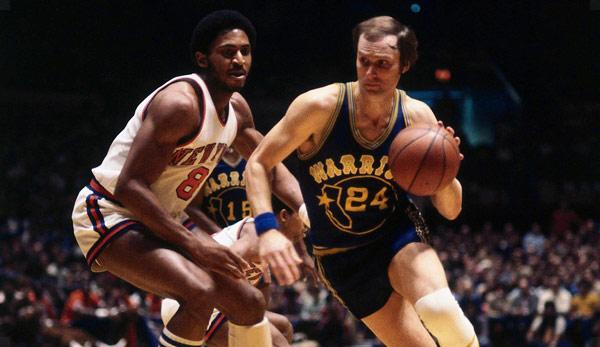


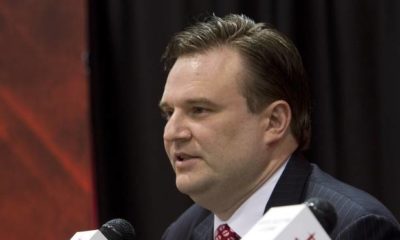

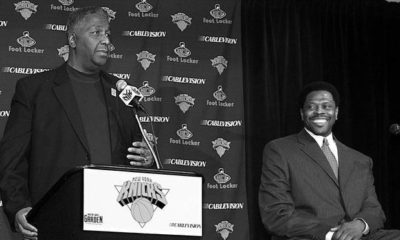
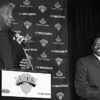
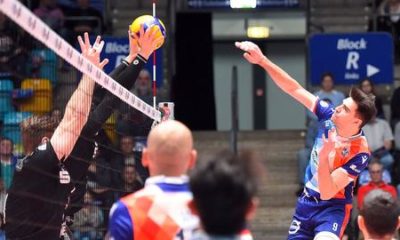
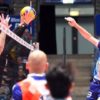
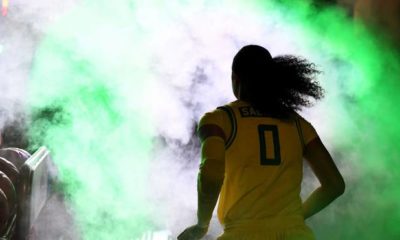
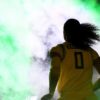


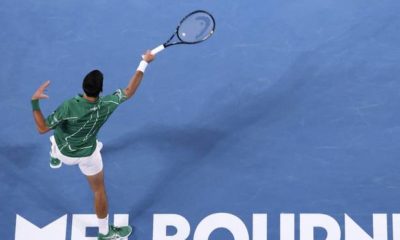
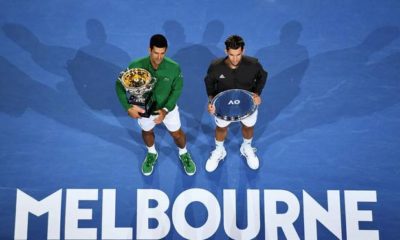

You must be logged in to post a comment Login